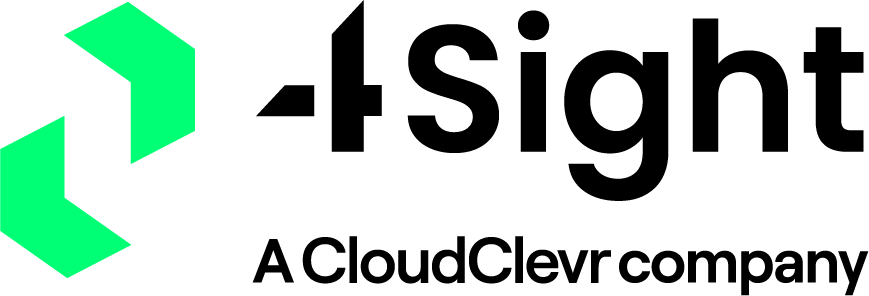How to Prepare for a Videoconference as a Remote Worker

Videoconferencing is quickly becoming “business as usual.” So now more than ever, it’s essential to prepare for your business videoconference meetings so that you can get the most out of each one and make sure work gets done efficiently. Whether you’re new to working remotely or have been doing it for some time, it’s easy to fumble on a call.
Get Technically Ready For Your Video Conference Call
Working remotely means you have to make sure all technical aspects of a web and videoconference are in order. In other words, you are the IT department. Don’t wait until five minutes before the call to get everything prepared. Do it way ahead of time.
Here’s a checklist of things to nail down before the call.
Internet Connection.
Your WiFi signal must be strong enough to handle both voice and videoconference calls. What’s fine for browsing or email may not be robust enough to facilitate video.
Up-To-Date Software.
Make sure you have the latest version of the meeting software. Or use a web-based business videoconferencing solution where you only need to sign on.
The global videoconferencing market size is expected to expand at a CAGR of 9.2 percent from 2018 to 2025, according to Grand View Research.
Lights, Camera, Action!
One key to successful videoconference calls is making your visual presence as clear and strong as possible. You may be in your home office, or even the kitchen table, but you still have the ability to control lighting, visual background and ambient noise. Before starting the call, turn on your camera and take a good hard look at yourself and what’s behind you and the lighting. Make sure a light source is on your face – not behind you. Then check what’s in back of you. A pile of papers? The laundry? Set up your call so that your background is clear and uncluttered. You want other participants to focus on you and not be visually distracted. Finally, find a quiet space, ideally one with a door so that you can block out other noises.
Prepare For The Content Of The Videoconference Call
Taking a few moments ahead of time to organize your thoughts can make all the difference between a frustrating call and a productive one. As you prepare for your business videoconference, consider these elements.
Agenda.
If you’re the organizer of the call, be sure to send out an agenda at least a day ahead of time. Identify what you expect from each participant. For instance, “Ashley, I’d like you to be prepared to review the latest estimates for the new construction.”
Your Role.
If you’re not the leader, reach out to the organizer and ask for clarification on your role and how you should prepare. Think through what you’d like to contribute.
Other Participants.
Find out who else will be on the call. Just as with face-to-face meetings, it’s helpful to know ahead of time who’s “in” the meeting.
What To Do During A Business Videoconference Call
These days, we’re all so accustomed to multitasking that we’re tempted to do it during a conference call – particularly a boring one. All the more reason to define your role and contribution to the call ahead of time. Here are some ways to stay tuned in.
Be Present In Mind And Body.
Look into the camera. Keep your attention on whoever’s speaking, just as you would if you were sitting in a conference room. React to comments with appropriate body language, like nodding. Because the video software may automatically switch to the speaker, avoid verbal comments unless you have a contribution or question.
Take Notes.
It’s easier to stay in the moment when you’re jotting down thoughts and information. Note any questions you have for other participants or comments you want to add to the conversation. Be ready to share when the opportunity presents itself.
The Benefits Of A Cloud-Based Video Conferencing Solution Include:
- Improved communication with customers
- Enhanced productivity
- Scalability
- Reduced costs
Limit Side Conversations.
Keep one-on-one chats to a minimum. Again, if you were in an in-person meeting you wouldn’t be passing notes to colleagues, right? Instead, take notes for follow up.
Fill In The Gaps.
We get a lot of visual information during in-person meetings. While in this respect video conference calls are better than voice conference calls, we still miss out on important data. When you have to break eye contact with the camera (and the meeting participants), it’s useful to explain what you’re doing. For instance, you may be taking notes or looking up a document that’s pertinent to the discussion.
Record The Call.
If possible, record important video conference calls. Inexpensive transcription services are available to provide a written record of the call within hours.
What To Do After The Video Conference Call
Follow-up is important after any meeting, video or in-person. Using the notes you took during the call, reach out to colleagues and partners with next steps. Virtual workspace software like MiCloud Connect Teamwork makes it easy to assign tasks, send follow-up emails and group messages, share documents and schedule future meetings, all from one web-based application.
This article was first published by Mitel.



